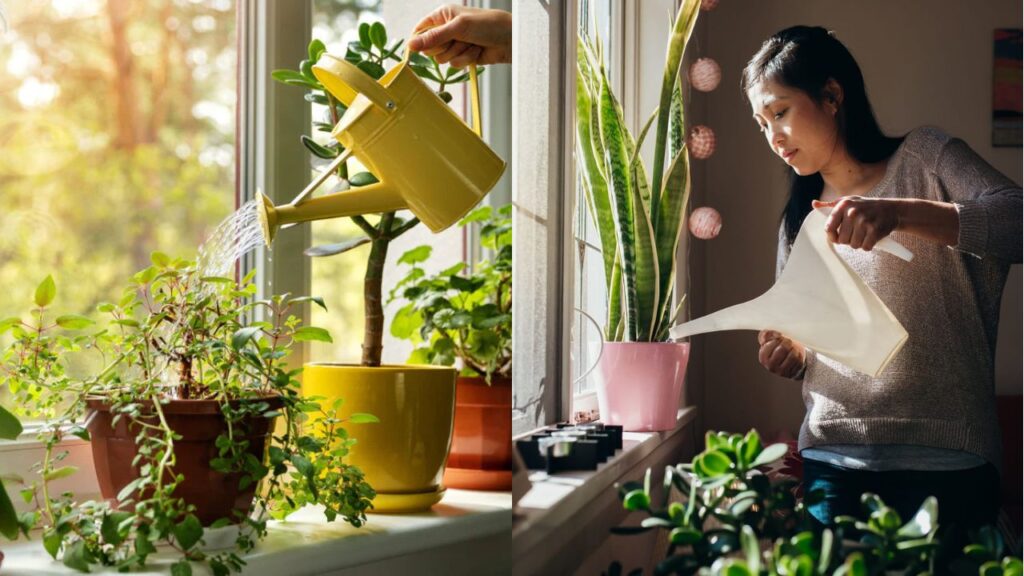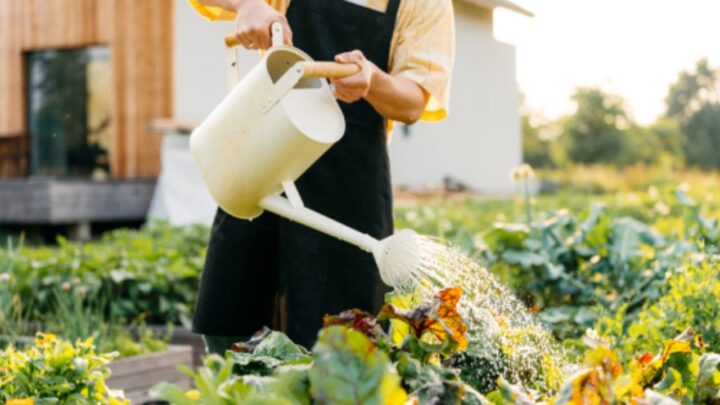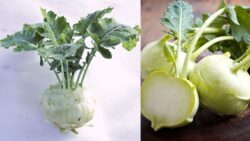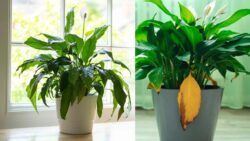Plants Watering Smart Way – Watering plants the right way can make the difference between healthy, vibrant greenery and wilted, struggling leaves. Knowing how and when to water ensures your plants stay alive, strong, and thriving all year round.

Why Watering the Right Way Matters
Proper watering isn’t just about quantity—it’s about timing, technique, and understanding what your plants actually need. Overwatering can suffocate roots, while underwatering leaves them dry and stressed. By learning the balance, you’ll give your plants the environment they need to flourish. The key is to observe, adjust, and build a simple routine that supports natural growth.
Common Watering Mistakes to Avoid
Many plant lovers unintentionally harm their plants with good intentions. Here are the most common watering errors you should steer clear of:
- Watering on a fixed schedule instead of checking soil moisture.
- Pouring water directly onto leaves instead of the soil.
- Using cold tap water that shocks plant roots.
- Neglecting drainage holes in pots, causing root rot.
- Watering too often during rainy or humid days.
Step-by-Step Guide to Watering Plants Correctly
- Step 1: Check Soil Moisture Before Watering
Insert your finger about an inch into the soil. If it feels dry, it’s time to water. For potted plants, this simple touch test prevents both over and under-watering. Always rely on the soil’s condition—not the clock—to decide.
- Step 2: Use the Right Watering Tool
A watering can with a narrow spout helps control the flow, ensuring the soil absorbs moisture evenly. Avoid high-pressure hoses, as they can displace soil and damage delicate roots. For indoor plants, mist bottles work well for maintaining humidity.

- Step 3: Water Slowly and Evenly
Pour water gently around the base of the plant until you see it draining from the bottom. This deep watering method encourages strong root systems. Rushed watering often leaves roots dry even if the topsoil appears wet.
- Step 4: Adjust Watering by Season
Plants drink more during warm months and less in cooler ones. In summer, check the soil more frequently. During winter, allow longer gaps between watering to avoid soggy soil and mold growth.
- Step 5: Morning Is the Best Time
Watering in the early morning gives plants a fresh start for the day and prevents water loss from evaporation. Evening watering can make leaves stay damp overnight, increasing the risk of fungal diseases.
- Step 6: Don’t Forget Drainage
Ensure every pot has a proper drainage hole. Excess water should flow out easily; otherwise, the roots will sit in water and rot. Use saucers to catch overflow but empty them regularly.

Extra Tips for Healthy Plants
- Group plants with similar water needs together.
- Use mulch to retain soil moisture for outdoor plants.
- Clean your watering tools regularly to prevent bacteria buildup.
- Collect rainwater for a natural, chemical-free watering option.
- Rotate pots every few weeks for even light and growth.
Understanding Your Plant’s Needs
Every plant is different—succulents prefer dry soil, while ferns need consistent moisture. Observe your plants daily. Drooping leaves, yellowing, or crispy edges can tell you if they’re getting too much or too little water. Learning these subtle signs helps you adjust before real damage occurs.
FAQs
How often should I water my plants?
It depends on the plant type and environment. Check the top inch of soil; if it’s dry, water gently until moisture drains from the bottom.
Is tap water safe for plants?
Most tap water is fine, but if it’s heavily chlorinated, let it sit overnight before use. This allows chemicals to evaporate naturally.
Why are my plant’s leaves turning yellow?
Yellow leaves often signal overwatering. Allow the soil to dry completely before the next watering and ensure proper drainage.
Can I mist plants instead of watering?
Misting is great for humidity-loving plants but not a replacement for deep watering. Use it to complement your regular routine.
Plants don’t just survive—they thrive when you give them mindful care. Be patient, observe, and enjoy the process of nurturing green life around you. With the right watering habits, your garden will reward you with beauty, color, and joy every single day.




